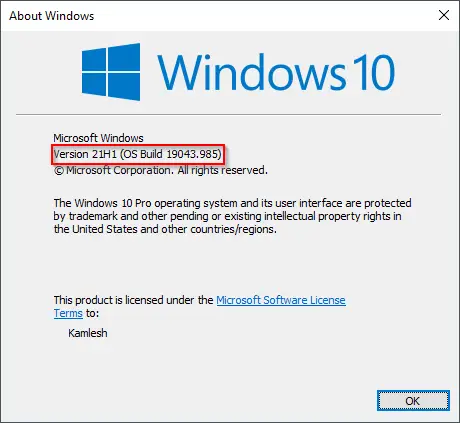Windows 10 is one of the most popular operating systems in the world, used by millions of people across various devices. It comes in several different versions, each with its own set of features and limitations. Understanding the differences between these versions can help you choose the right one for your needs. In this article, we’ll take a closer look at the four main versions of Windows 10: Home, Pro, Enterprise, and Education.

Windows 10 Home
Windows 10 Home is the most basic version of Windows 10. It is designed for home users and includes many of the essential features that most people need. With Windows 10 Home, you can browse the web, use Microsoft Office, play games, and run most apps. You also get access to the Windows Store, where you can download and install apps and games.
However, there are some limitations to Windows 10 Home. It does not include some of the more advanced features that you might need for business or professional use. For example, it does not include BitLocker, which is used for encrypting your hard drive. It also does not include Remote Desktop, which allows you to access your computer from another device.
Windows 10 Pro
Windows 10 Pro is designed for small businesses and professional users. It includes all of the features of Windows 10 Home, as well as some additional ones. For example, it includes BitLocker, which is used for encrypting your hard drive. It also includes Remote Desktop, which allows you to access your computer from another device.
Another key feature of Windows 10 Pro is the ability to join a domain. This is useful if you are part of a larger organization that uses a central server to manage computers. Windows 10 Pro also includes Group Policy, which allows you to control certain aspects of your computer’s behavior.
Windows 10 Enterprise
Windows 10 Enterprise is designed for larger organizations that need more advanced security and management features. It includes all of the features of Windows 10 Pro, as well as some additional ones. For example, it includes Windows Defender Advanced Threat Protection, which helps protect against advanced threats like malware and phishing attacks.
Windows 10 Enterprise also includes Microsoft Application Virtualization (App-V), which allows you to run virtualized applications on your computer. This can be useful if you need to run legacy applications that are not compatible with newer versions of Windows. It also includes Microsoft User Environment Virtualization (UE-V), which allows you to synchronize settings and preferences across multiple devices.
Windows 10 Education
Windows 10 Education is designed for educational institutions. It includes all of the features of Windows 10 Enterprise, as well as some additional ones. For example, it includes Windows Update for Business, which allows IT administrators to manage updates more efficiently. It also includes Windows Store for Business, which allows you to manage and distribute apps and games to students and faculty.
Another key feature of Windows 10 Education is the ability to set up a dedicated education version of the Windows Store. This allows educational institutions to offer customized versions of apps and games to students and faculty.
Conclusion
In conclusion, choosing the right version of Windows 10 depends on your needs and requirements. If you are a home user, Windows 10 Home is probably sufficient for your needs. If you are a small business owner or professional user, Windows 10 Pro might be a better choice. If you work for a larger organization or educational institution, Windows 10 Enterprise or Education might be the best choice for you.
